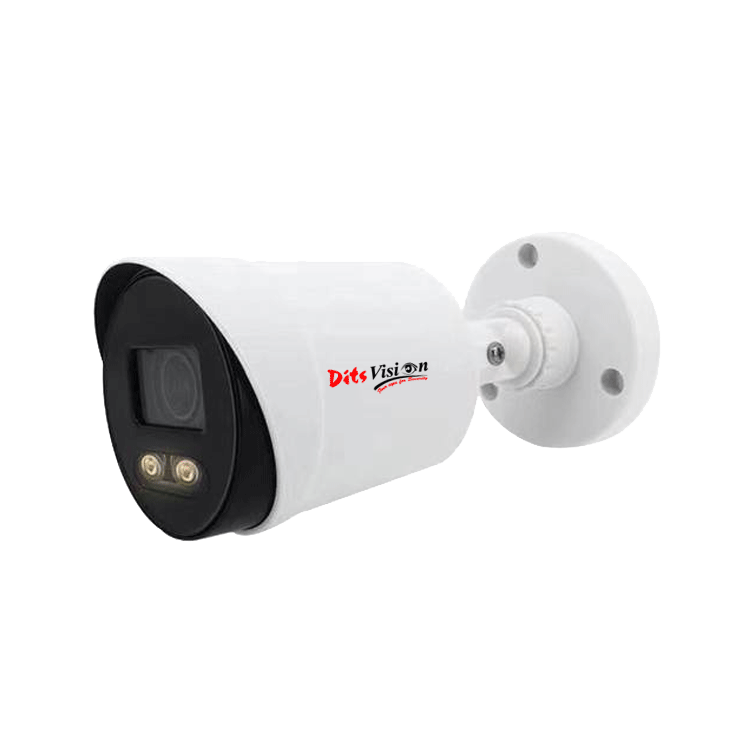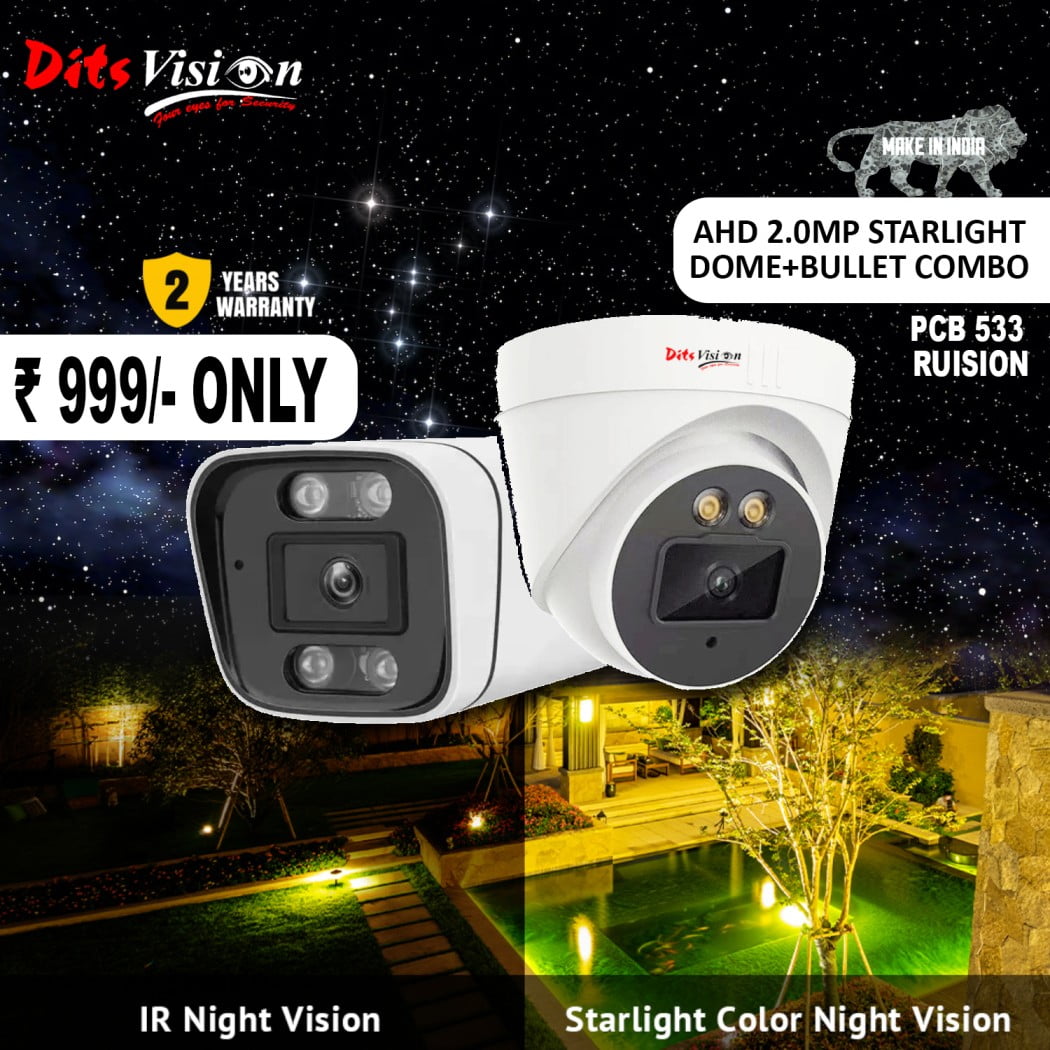In an age where security is paramount, choosing the right CCTV camera for your home is a decision that demands careful consideration. This comprehensive guide serves as your roadmap, navigating the intricate landscape of home security surveillance. Join me on this journey as we explore the step-by-step process of selecting the perfect CCTV camera to safeguard your most cherished space.
Step 1: Assessing Your Security Needs
Before delving into the vast array of CCTV options, take a moment to assess your specific security requirements. Consider the size of your property, potential entry points, and the areas you wish to monitor. This initial evaluation will lay the foundation for determining the type and number of cameras needed for comprehensive coverage.
Step 2: Understanding Camera Types
CCTV cameras come in various types, each designed to cater to specific needs. Understand the distinctions between dome, bullet, PTZ, and box cameras. Dome cameras, discreet and suitable for indoor use, contrast with bullet cameras, which are visible deterrents often used outdoors. PTZ cameras offer remote-controlled movement, while box cameras provide customization options for specific installations.
Step 3: Determining Camera Resolution
Image clarity is crucial for effective surveillance. Consider the resolution of the CCTV cameras you’re evaluating. Higher resolutions, measured in megapixels, provide clearer images and more detailed footage. Understand the trade-offs between standard definition (SD), high definition (HD), Full HD (1080p), and Ultra HD (4K) resolutions to make an informed decision based on your monitoring needs.
Step 4: Grasping Night Vision Capabilities
Security concerns don’t adhere to daylight hours. Evaluate the night vision capabilities of CCTV cameras, especially if you intend to monitor areas in low-light conditions or complete darkness. Infrared (IR) LEDs and low-light sensors are common features that enhance a camera’s ability to capture clear footage during nighttime.

Step 5: Considering Connectivity Options
Determine how your CCTV cameras will be connected to your monitoring system. Wired systems offer reliability but may require professional installation. On the other hand, wireless or WiFi-enabled cameras provide flexibility in placement but rely on a stable network connection. Choose the connectivity option that aligns with your preferences and the layout of your home.
Step 6: Reviewing Storage and Recording Options
CCTV cameras record footage that needs to be stored for future reference. Understand the storage capacity of your recording device, whether it’s a Digital Video Recorder (DVR) or Network Video Recorder (NVR). Consider factors like storage duration, the number of channels, and the ability to expand storage if needed.
Step 7: Exploring Smart Features
Modern CCTV cameras often come equipped with smart features that enhance their functionality. Explore options such as motion detection, facial recognition, two-way audio, and mobile app integration. These smart features contribute to a more proactive and user-friendly surveillance experience.

Step 8: Budgeting Wisely
Establish a budget for your home security project. While it’s tempting to aim for the most advanced features, align your budget with your priorities and the critical aspects of security for your home. Consider the long-term investment and potential savings on professional installation if you opt for user-friendly DIY systems.
Step 9: Reading Reviews and Seeking Recommendations
Before making a final decision, delve into reviews from both experts and users. Seek recommendations from friends, family, or online communities. Real-world experiences can provide valuable insights into the reliability, performance, and user satisfaction of specific CCTV camera models.
Step 10: Making the Purchase and Installation
Once you’ve narrowed down your choices, make the purchase from a reputable supplier. Follow the manufacturer’s guidelines for installation or seek professional assistance if needed. Ensure that your CCTV cameras are strategically positioned to provide optimal coverage while respecting privacy boundaries.

Conclusion:
Choosing the right CCTV camera for home security is a nuanced process that requires a blend of technical understanding and practical considerations. By following this step-by-step guide, you embark on a journey towards creating a secure haven for yourself and your loved ones. Remember, the investment in a robust CCTV system is an investment in peace of mind—a priceless commodity in the realm of home security.



